| |
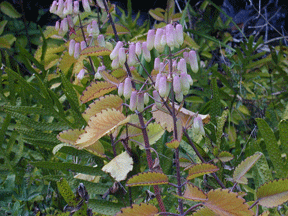 |
|
KALANCHOE PINNATA:-
Family: Crassulaceae
Digestive: Vomiting blood [China]
* Ears, nose, throat: Tonsillitis, otitis media, opthalmia. Leaf poultice or juice in the ear for earache.[China, Caribbean, Trinidad]
* Infection: Boils and pyodermas, mastitis. [China, Caribbean]
* Musculoskeletal / Trauma: Traumatic injury - fracture. Strains, sprains, bruises, swellings, Mash leaves and apply externally to lesion.[China, Ecuador, Caribbean, Trinidad] Bleeding from wounds [China]
* Parasites: Heated leaves for "tay tay worms". [Trinidad]
* Psychospiritual: Leaves in bath for "bewitchment". [Trinidad]
* Reproductive: Leaf poultice for dysmenorrhea. [Caribbean]
* Respiratory: Poulticed for head cold. [Caribbean] Coughing blood [China]
* Urinary: Leaves decocted to clean the bladder. [Trinidad]
* Veterinary: Toxic to cattle
* Other: Topical for headaches. [Caribbean]
* Part Used: Whole plant |
| |
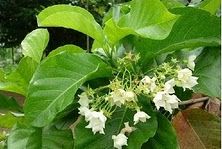 |
|
ptenia Variegata
Genus of 2 species of succulent plants, native to South Africa.
They require partly shaded, frost-protected sites and light, drained, relatively dry soils.
Plant in flowerpots and rock gardens.
Easily propagated by cuttings and division.
No disease problems |
| |
|
|
|
| |
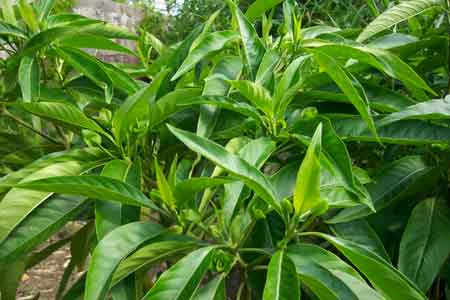 |
|
Adhatda Vasica
Adhatoda vasica, also known as malabar nut tree is part of the Acanthaceae plant family. It is a small evergreen, sub-herbacious bush which grows commonly in open plains, especially in the lower Himalayas (up to 1300 meters above sea level), India, Sri Lanka, Burma and Malaysia.
|
| |
|
|
|
| |
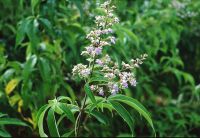 |
|
Vitex Negundo
The botanical name of nirgundi is Vitex negundo and it belongs to family verbenaceae. The leaves contain fragrant, volatile oil and resins |
| |
|
|
|
| |
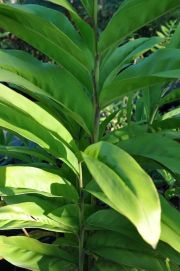 |
|
Alpinia Calcurata
Common Name: Native Ginger
Height: 1-2m Conditions: Prefers part shade
A very hardy native Australian ginger. White shell-like flowers which finally produces clusters of blue berries. Roots and berries were traditionally eaten by Aboriginal people. |
| |
|
|
|
| |
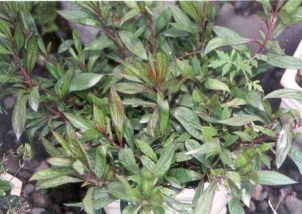 |
|
Eudatrium triplinervi
Botanical Name : Eupatorium triplinerve Vahl
English : Ayapana tea
Malayalam : Ayapana, Chuvanna Kaiyonni
Medical Use : Used for Bleeding Piles (hemorrhage), Wounds and Poison bites |
| |
|
|
|
| |
 |
|
Saraca Asoka
The Ashoka is a rain-forest tree. Its original distribution was in the central areas of the Deccan plateau, as well as the middle section of the Western Ghats in the western coastal zone of the Indian Subcontinent.
The Ashoka is prized for its beautiful foliage and fragrant flowers. It is a very handsome, small, erect evergreen tree, with deep green leaves growing in dense clusters.
|
| |
|
|
|
| |
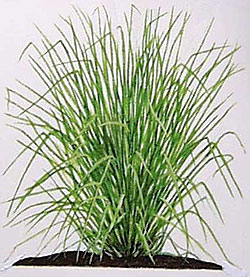 |
|
Vetriveria Zizanodes
Extraction Method: Steam distilled. |
Extracted From: Roots. |
Vetiver is a tall, perennial scented grass with long narrow leaves and white rootlets. The oil is steam distilled from the roots and rootlets after it is washed, chopped, dried, and soaked, to obtain the dark brown, deep smokey, earthy-woody essence. It is indigenous to Indonesia, Sri Lanka, and India, but it has been cultivated as widely as the Philippines, West Africa, Japan, and South America. The oil is mainly distilled in Haiti and Java, with Haiti generally producing a consistently higher quality of oil.
|
| |
|
|
|
| |
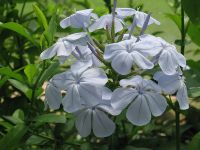 |
|
Plumbago Capens
Plumbago auriculata is also widely known as Plumbago capensis, a name used so often that it is even reflected in one of this species' common names: Cape plumbago. Other common names include Cape leadwort and blue plumbago. |
| |
|
|
|
| |
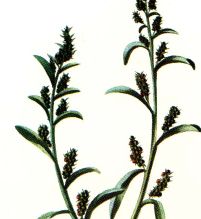 |
|
Plumbago Zizanodes
TThis species is globally distributed in Africa to India and Sri Lanka. Within India, it is found in dry deciduous or scrub forests of Madhya Pradesh, Orissa, Maharashtra, Andhra Pradesh, (From Khandesh of Maharashtra to Vishakapatnam upto 900 m.), Karnataka, Kerala and Tamil Nadu. It is ocassionally grown as a avenue tree.
|
| |
|
|
|
| |
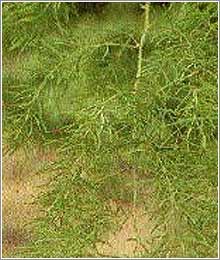 |
|
Asperagus Recemosus
Although asparagus is native to Europe, it will also grow very well in the sub-tropics. The new emerging shoots are eaten as a vegetable, harvested when 2-3cm thick and about15-20cm long. These shoots called spears, if left to keep growing, will develop into soft, ferny fronds a metre or more high. Cream/ green, bell-shaped flowers, form in stem axils of male plants. Female plants produce smaller, quite inconspicuous flowers, that develop into small, round, red 1cm berries, which are seed capsules, containing several round, black seeds. When grown from seed, plants usually require 2-3 years to develop a strong enough underground root system to cope with regular picking |
| |
|
|
|
| |
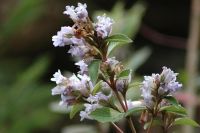 |
|
Stroblanthus Kunthianes
Botanical name: Strobilanthes kunthiana Family: Acanthaceae (Ruellia family) ... flowering of the blue flowered S. kunthiana gave the hills their name |
| |
|
|
|
| |
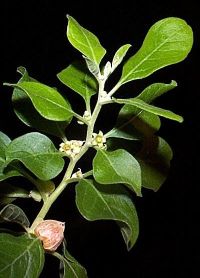 |
|
Withania somnifera, or Ashwagandha, is native to drier parts of India and the Old World. It is a perennial herb that reaches about 6 feet (2 m) in nature. The plants contain the alkaloids withanine and somniferine, which are used to treat nervous disorders, intestinal infections and leprosy. All plant parts are used including the roots, bark, leaves, fruit and seed |
| |
|
|
|
| |
2.jpg) |
|
Cissus Quadragularis
Cissus quadrangularis reaches a height of 1.5 m and has quadrangular-sectioned branches with internodes 8 to 10 cm long and 1.2 to 1.5 cm wide. Along each angle is a leathery edge. Toothed trilobe leaves 2 to 5 cm wide appear at the nodes. Each has a tendril emerging from the opposite side of the node.Racemes of small white, yellowish, or greenish flowers; globular berries are red when ripe. |
| |
|
|
|
| |
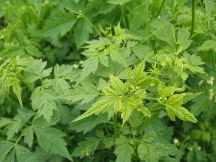 |
|
CardioSpelmum Helicacabum
This fast growing (to 10’) vine is generally grown as a annual and bears tiny white flowers followed by 1.5” across seed pods that look like little green puffs. The pretty pods float like bubbles from every node and the effect is charming and ornamental. The pods contain black seeds, each marked with a heart shaped spot where it attaches, hence the common name. Needs support. |
| |
|
|
|
| |
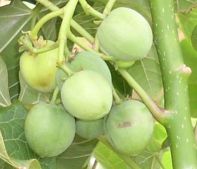 |
|
Jatropha Curcas
Manufacturers & Producers of Elite Planting Material, High Yielding Elite Jatropha CurcasSeeds : High Quality Jatropha Saplings/Plants Jatropha Stem |
| |
|
|
|
| |
 |
|
Aloe Vera
Aloe Vera is not branded as the miraculous aloe for nothing. Its medicinal properties got you covered from head to foot and it even boasts of hundreds if not thousands of health related uses. One of the most popular aloe vera uses is treating cuts and burns. For sure you have employed its wonders at least once or twice in your life but you could simply make everything else easier once you learn how else it could benefit you. |
| |
|
|
|
| |
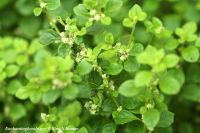 |
|
Aerva Lanata
Aerva lanata, Indian Medicinal Plants - Informative & researched article onAerva lanata, Indian Medicinal Plants from Indianetzone |
| |
|
|
|
| |
 |
|
Swertia Chirata
One of the leading exporter of gentianaceae, swertia chirata, gentiana chirata, swertia chirata plant, gentiana chirata plant |
| |
|
|
|
| |
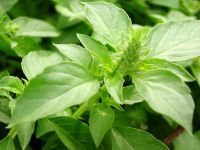 |
|
Ocimum Sanctum
Botanically, Tulasi is known as Ocimum sanctum and it belongs to family Lamiaceae. The leaves contain an essential oil, which contains eugenol |
| |
|
|
|
| |
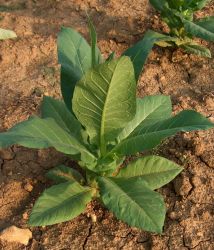 |
|
Nicotiana Tabacum
ultivated tobacco, is a perennial herbaceous plant. It is found only in cultivation, where it is the most commonly grown |
| |
|
|
|
| |
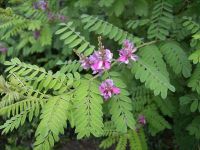 |
|
Indigofera Tinctoria
Indigofera tinctoria bears the common name true indigo. The plant was one of the original sources of indigo dye. It has been naturalized to tropical and temperate Asia, as well as parts of Africa, but its native habitat is unknown since it has been in cultivation worldwide for many centuries. Today most dye is synthetic, but dye from I. tinctoria is still available, marketed as natural coloring. The plant is also widely grown as a soil-improving groundcover. |
| |
|
|
|
| |
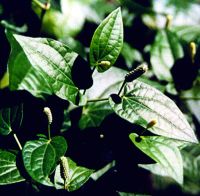 |
|
Piper Longum
Long pepper (Piper longum), sometimes called Indian or Indonesian long pepper, is a flowering vine in the family Piperaceae, cultivated for its fruit, |
| |
|
|
|
| |
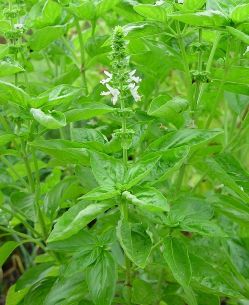 |
|
Ocimum Basilicum
Basil (Ocimum basilicum) (pronounced /ˈbæzəl/ or /ˈbeɪzəl/), of the family Lamiaceae (mints), is a tender low-growing herb. Basil is a culinary herb |
| |
|
|
|
| |
.jpg) |
|
Bacopa Monnieri
Bacopa monnieri (Coastal Waterhyssop, Brahmi, Thyme-leafed gratiola, Water hyssop) is a perennial, creeping herb whose habitat includes wetlands and muddy |
| |
|
|
|
| |
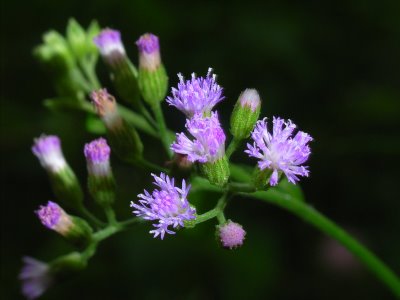 |
|
Vernonia Cinerir
ernonia cinerea | Vetiveria zizanioides | Vidangadi lauham | Viola odorata ... Vernonia cinerea An erect, rarely decumbent herb, with purple flowers |
| |
|
|
|
| |
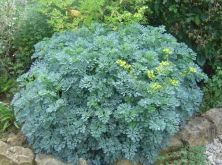 |
|
Ruta Garaveolens
he following are the strongest indications of Ruta Graveolens for its use in homeopathy. Entries on a white background are from Boericke's Materia Medica |
| |
|
|
|
| |
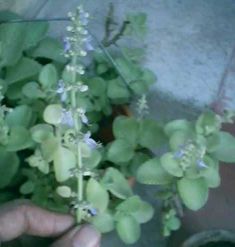 |
|
Coleus Vettiveroides
La-Medicca well known for Exporters, Manufacturers, suppliers, and wholesalers of Indian. ayurvedic herbs,ayurvedic herbs |
| |
|
|
|
| |
|
|
|
| |
|
|
|
|
|


















2.jpg)










.jpg)
